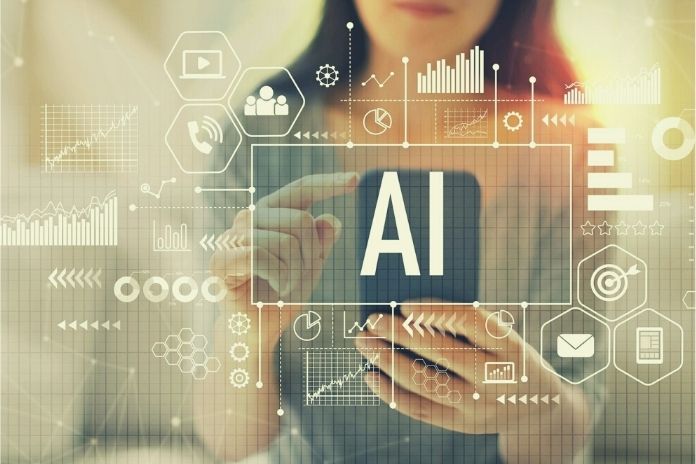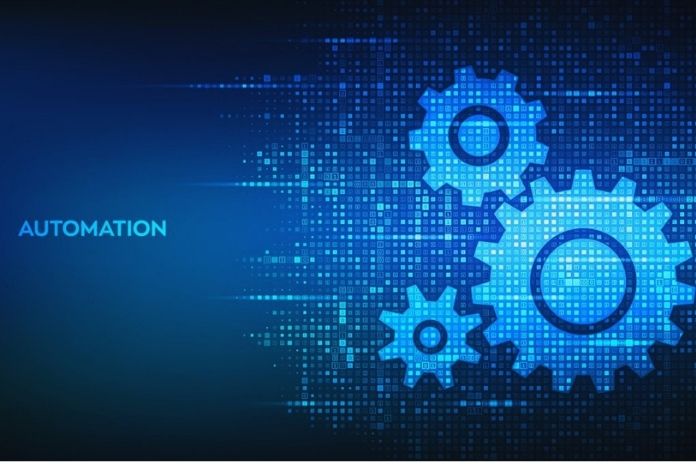Cybersecurity is becoming more critical than ever with the introduction of the new 5G standard. This is how companies prepare themselves, against the dangers of the Internet. Cybersecurity is not infallible. Companies should therefore do everything in their power to prioritize security when implementing 5G in their operations.
Cybersecurity In The Age Of 5G
Introducing the new high Cybersecurity speed standard for mobile data transmission is taking longer in neighboring countries . But one thing is sure: sooner or later 5G will also arrive with us. The fifth generation of mobile communications allows data transmission rates of up to ten times the speed of its predecessor, 4G. Many are expecting a revolution in corporate communication, the world of work, and, last but not least, video streaming. Despite all the euphoria, it should not be overlooked that cybercriminals will also take advantage of the new possibilities to run broader attack campaigns on more and more end devices.
5G will expand the available bandwidth and, at the same time, reduce the size of the individual data packets. This makes it easier to attack mobile devices with very small and complex to detect malware. These are usually hidden in the code of applications. The file size of malware combined with limited bandwidth in mobile data transmission has hindered large-scale campaigns against mobile devices. However, with the introduction of 5G at the latest, these hurdles will disappear. Therefore, smartphone users will have to prepare for a wave of highly specialized and increasingly sophisticated malware attacks in the future.
Companies should start implementing a cybersecurity strategy now to contain the new risks in advance. 5G is in the starting blocks, and 6G is already in the planning phase.
IoT Devices Are Vulnerable
In addition to mobile devices, IoT devices are at the top of the list of cybercriminals who aim to paralyze or exploit companies deliberately. Many things in our everyday life are continuously connected to the Internet and use it to exchange data. From baby cameras to cars, a large part of the world we live in has now become hackable. And every day, more IoT devices are adding to the attack surface for cybercriminals.
Unfortunately, many of these valuable objects are still poorly secured. Quite a few have a predefined access password such as “admin” or “password” – not a genuine hurdle for hackers, who thereby gain access to a host of IoT devices that are often misused for DDoS attacks when necessary.
The probability that a hacker will find a particular IoT device on the Internet is very high – the higher connection speed will make it even easier for them in the future. The hackers bundle thousands of these recruited devices in botnets and abuse their willies followers for large-scale cyber attacks. With the help of 5G, hackers will be able to extract information faster than ever before. That is why the protection of the personal data of employees and customers has the highest priority.
External Work As A Weak Point In Cybersecurity
With targeted attacks, cybercriminals are usually out to steal the most sensitive and valuable information. For this reason, companies in the banking, logistics, and transport sectors, alongside legal companies, are at the top of the attacker’s priority list. After all, sensitive information is the core of the business in all of these sectors.
Protecting sensitive data is already a major headache for many of these companies – the arrival of 5G is likely to exacerbate this pain. More and more companies are promoting the benefits of working away from home, and this has increased since the arrival of Corona. Often, however, employees are negligent in meticulous compliance with all the necessary safety precautions that must be taken into account when working outside the office. In this way, they open up an additional and, above all, avoidable gateway for cybercriminals.
And then there is the careless employee in the inner circle to consider. The higher this is in the company hierarchy, the more authorizations and insights are linked to his account. The greater the risk if this employee does not adhere to all of the company’s security and compliance regulations.
The Focus Is On A Lack Of Cyber Education
A recently published report gave a shockingly high number of employees poor testimony: According to this, one in four employees has no idea of the cyber threats that their company is confronted with on a day-to-day basis. Every fourth employee is not familiar with the words phishing, social engineering, or ransomware.
These numbers highlight the need for organizations to educate their employees about internet fraud and cybersecurity before 5G is implemented across the organization. Because a careless, untrained employee can destroy all good resolutions and safety measures of his company.
Another finding of the report is that 69 percent of employees use their company devices for private purposes. This results in several problems for IT departments regarding prevention: the more permissive an employee is with his company device when using it for private purposes, the more difficult it becomes for supervisors and IT security officers, the extent and to overlook the possible consequences of this use.
Cybersecurity Best Practice
Below are some practical employee training tips that can give companies fresh ideas on how best to protect themselves against the dangers of the Internet:
Don’t let up: There is anyone solution to all problems. Above all, you should get rid of the habit of practicing an often outdated and therefore useless course once a year. It would make more sense to present the current dangers to your employees in shorter cycles and train them on identifying harmful websites and messages. Therefore, it is advisable to regularly convey current knowledge to employees in short learning units that do not take longer than a few minutes. This means that you can react promptly to new threats.
Training is compulsory: to be effective, training must take place every month. By keeping your employees entirely up to date without exception, you make it easier for the IT department and all those responsible to guarantee the security of data and digital infrastructure.
It has to be a bit of fun: A creative approach has proven highly effective for consolidating teaching content. People find it easier to memorize information when it is conveyed with the help of recurring characters and a little humor. A little story makes things less dry and provides more than bland, monotonous, and ultimately inconclusive training.
ALSO READ: Data Security In The Cloud: Why Banks Shouldn’t Miss Their Opportunities










